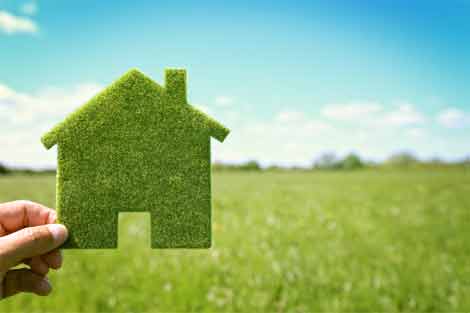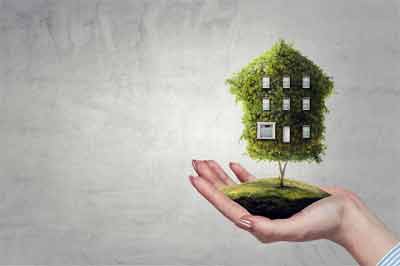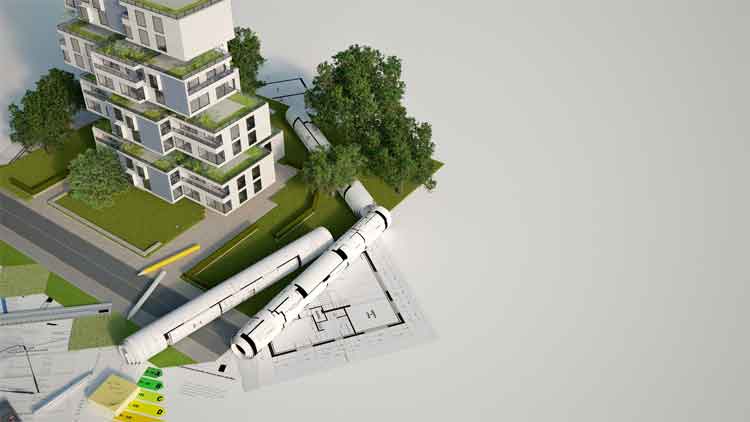Building a “green” or environmentally friendly house, office building or other sustainable structure –or simply renovating an existing building to be more efficient –is a great way to help sustain the environment and reduce dependency on fossil fuels and oil. There are even grants available for the building of environmentally sustainable structures and a reduction of energy use. For individuals who want to ensure that their buildings are certified as green buildings, the United States Green Building Council offers a voluntary certification program called LEED.
What is LEED?

Leadership in Energy & Environmental Design (LEED) is a certification program run by the U. S. Green Building Council (USBGC). It is a set of standards used to examine green buildings and sustainable construction sites to determine whether they meet national standards for energy-efficiency, sustainable materials, appropriate environmental technology and other standards. While LEED prerequisites depend on the type of building, there are general guidelines for all builders attempting to get LEED certification and click here for more info.
LEED Prerequisites and Credits for Green Building
LEED uses a system of prerequisites and credits to determine whether a building meets all of the rating criteria to be considered a green building. Prerequisites should be in place before building commences, to ensure that all requirements are met before the assessment of the building takes place.
Prerequisites and credits for LEED certification cover seven areas of green construction, including
• Sustainable Sites
• Water Efficiency
• Energy and Atmosphere
• Materials and Resources
• Indoor Environmental Quality
• Innovation in Operations
• Regional Priority
What is Green Construction?

New buildings must meet certain prerequisites to be considered for LEED certification. These include prevention of pollution on the construction site throughout the building process, and reduction of water use both in construction and in the operating building itself. Within the building, efficient energy systems must be in place and the building must have a place for collecting and storing recyclables. Air quality must be controlled, and there must be an environmental tobacco smoke control, as well.
Making major renovations to buildings can also qualify for LEED certification, as long as certain prerequisites are met. The renovation prerequisites are the same as those that apply to new buildings, including the reduction of pollution on construction sites. Renovations can qualify a building as a green building, as long as all prerequisites and credits are met.
Making an Existing Building a Green Building
LEED certification can be applied to existing buildings without major renovations. Prerequisites for this type of certification include plans and documentation for adjusting energy use and systems to make the building more energy efficient. Other prerequisites include energy efficient indoor plumbing, a minimum level of energy efficiency already in place in the building, and sustainable purchasing and waste disposal policies. Additionally, the building must have air quality control and environmental tobacco smoke control, as well as a green cleaning policy.
LEED certification can lend a great deal of credibility to a building’s efficiency and environmental friendliness. Ensuring that buildings comply with LEED standards and certification is a simple but important way to go green.




